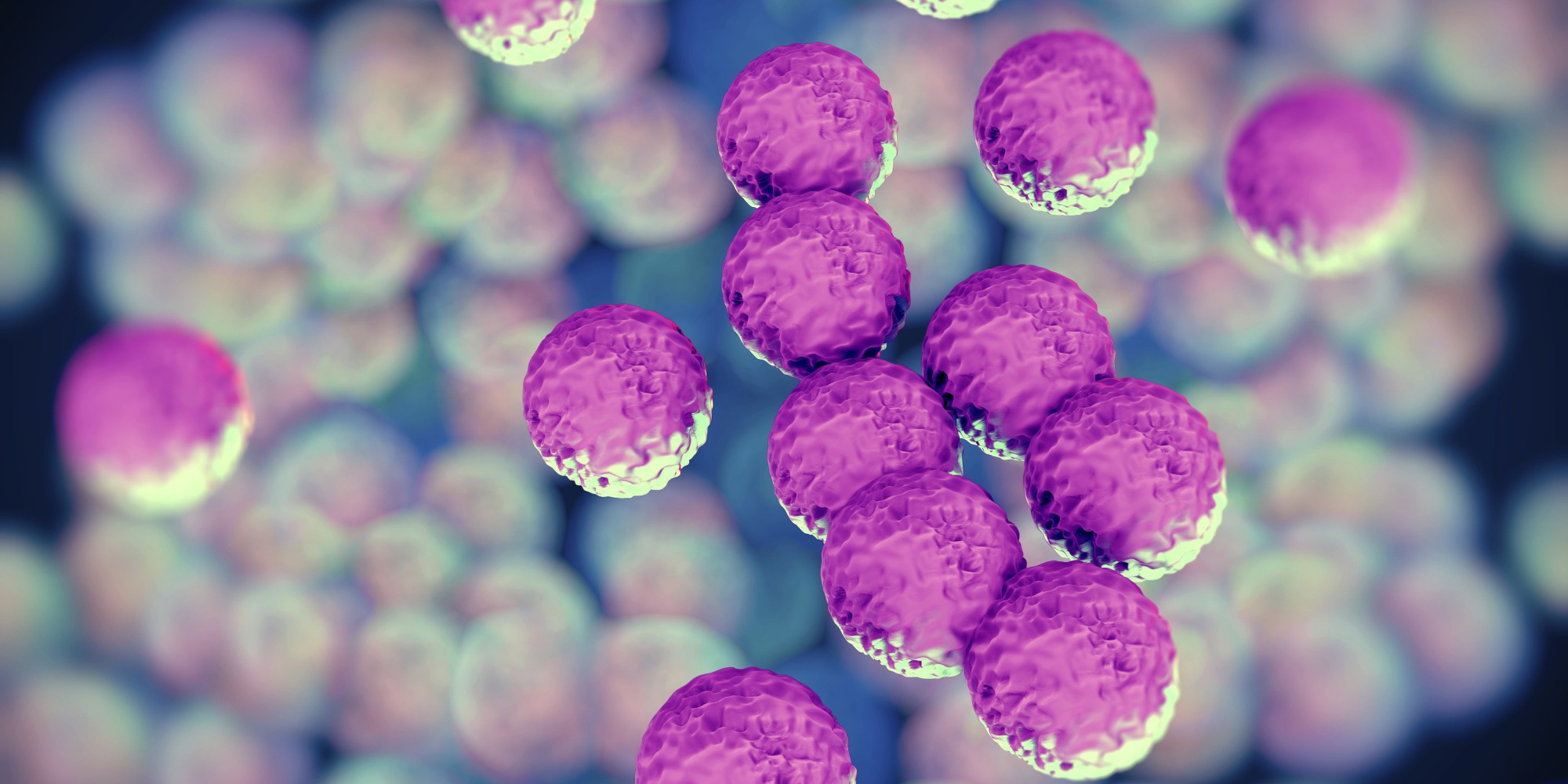 Breast milk is the most nutritional source for infants, no other milk can ever compare or replace it, including infant milk that are available in the market. Babies are frail and vulnerable to sicknesses, this is because their bodies are not fully developed yet. They should be taken care off in an environment in which provisions are readily available, not lacking anything, in nutrition. Although Infant formulas are able to creating an alternative milk for infants, they were not able to duplicate the entire benefits that only a breast milk can give. But despite this, breastfeeding is often taken for granted, in the US and other countries abroad, mother would leave the old practice of breast feeding and turned to infant formulas.
Breast milk is the most nutritional source for infants, no other milk can ever compare or replace it, including infant milk that are available in the market. Babies are frail and vulnerable to sicknesses, this is because their bodies are not fully developed yet. They should be taken care off in an environment in which provisions are readily available, not lacking anything, in nutrition. Although Infant formulas are able to creating an alternative milk for infants, they were not able to duplicate the entire benefits that only a breast milk can give. But despite this, breastfeeding is often taken for granted, in the US and other countries abroad, mother would leave the old practice of breast feeding and turned to infant formulas.
Breast milk is considered to be the most inappropriate food for the infant, it has everything the infants would need. The nutritional facts of breast milk when it comes to vitamins and minerals and other nutrients is highly recommended for. It contains an anti-body which safeguard the health of the babies and other exclusive nutrients that can only be found in mother’s milk, it can also prevent future diseases that can occur during childhood stage.
Breastfeeding is also beneficial for Moms, not just the babies. Psychologically, Moms will developed a stronger attachment with her baby. These emotions are accompanied by the release of hormones called prolactin, this particular hormones produce a peaceful and relaxing effect on moms. There are actually research that; breast feeding will cultivate good bacteria in gut.
Gut microbes change in the first years of life
The study shows that there are significant changes in the intestinal bacterial composition from nine to 18 months following cessation of breastfeeding and other types of food being introduced. However, a child's gut microbiota continues to evolve right up to the age of three, as it becomes increasingly complex and also more stable.
“The results help to support the assumption that the gut microbiota is not – as previously thought – stable from the moment a child is a year old. According to our study important changes continue to occur right up to the age of three. This probably means that there is a ‘window' during those early years, in which intestinal bacteria are more susceptible to external factors than what is seen in adults,” Tine Rask Licht explains.
Strategies for the development of healthy gut microbiotia
“The results from the study can be used …
It is always good to stick with the old ways of feeding an infant, it’s safe and a lot healthier compare to the contemporary methods. In this case, breast feeding is all about it. You want to see your child growing as healthy as he/she can be. Then you should Avoid those artificial product which is sub-standard and less healthy.
Make sure to read the rest of the article at Naturalblaze.com





Leave a Reply